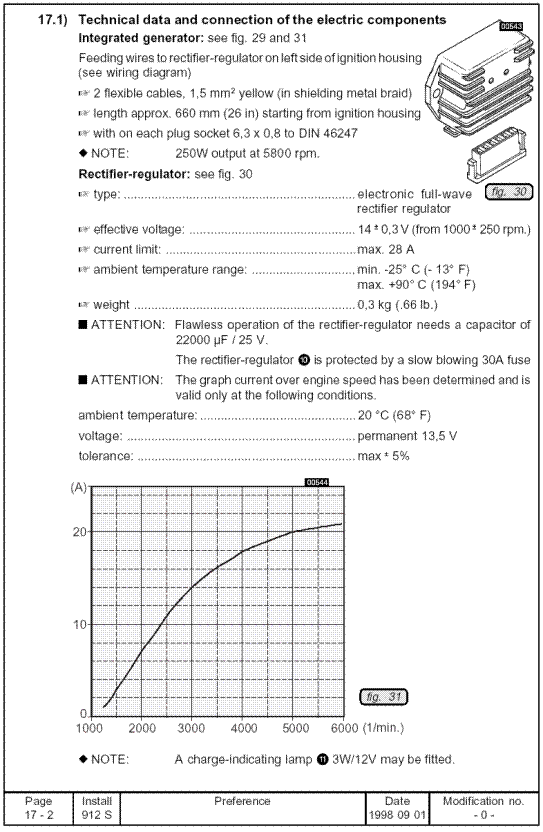My RV12 is equipped with dual Dynon Skyview HDXs ("SVs"). Until recently, the Amps and Volts displayed on the SVs were exactly what they were supposed to be. Now though the SVs display negative Amps -- anywhere from -4 to -12 Amps, depending on how many of the plane's components I've turned on -- and declining Volts.
The plane has a Rotax 912ULS engine, and many planes with that engine have this identical battery charge issue. My mechanic has done all of the things recommended in other threads here on Rotax-Owner.com
- He secured the connections to the Ducati Rectifier/Regulator.
- He replaced the Rectifier/Regular with a new one, because the old one had blisters on its back.
- He tested the voltage output of the stator and of the new Rectifier Regulator, both of which were what they should be.
- He improved the grounding of the Rectifier/Regulator by sanding the firewall to which it is bolted; and he added a ground wire attached to the battery's negative terminal.
- He changed the Rectifier/Regulator again, in case the first new one was defective right out of the box.
- He charged the plane's Odyssey PC680 battery. And I replaced that battery with a brand new Odyssey PC680 battery.
None of these things helped. The engine starts immediately and runs smoothly. But:
- The Skyviews still display negative Amps and declining Volts.
- Also, both SVs turn on as soon as the Master switch is turned on, but after just a few moments, the co-pilot side SV blinks off and reboots.
- Finally, the digital checklist I added to the SVs no longer stays on, the way it used to. Now, after a short time, the checklist blinks off and is replaced by the moving map (which is the default item for the right half of my displays).
The only change to my Skyview setup that I've made is that shortly before the battery charge problem began, I installed Dynon WiFi Adapters. They worked fine for a couple of flights, and then my iPad Mini began dropping the WiFi signal.
I now wonder whether my problem is with the Dynon Engine Monitoring System, rather than the plane's charging circuit. That is, I wonder whether the failure of the old Rectifier/Regulator -- or something else -- damaged the circuit that senses, reads and displays Amps and Volts, so the SVs now erroneously display negative Amps and declining Volts.
Any thoughts about what my problem might be, or what to do next, would be deeply appreciated. Right now, I'm the stressed owner of a handsome assembly of used airplane parts, without a clue about what I can do to turn those parts back into the wonderful airplane it used to be.




